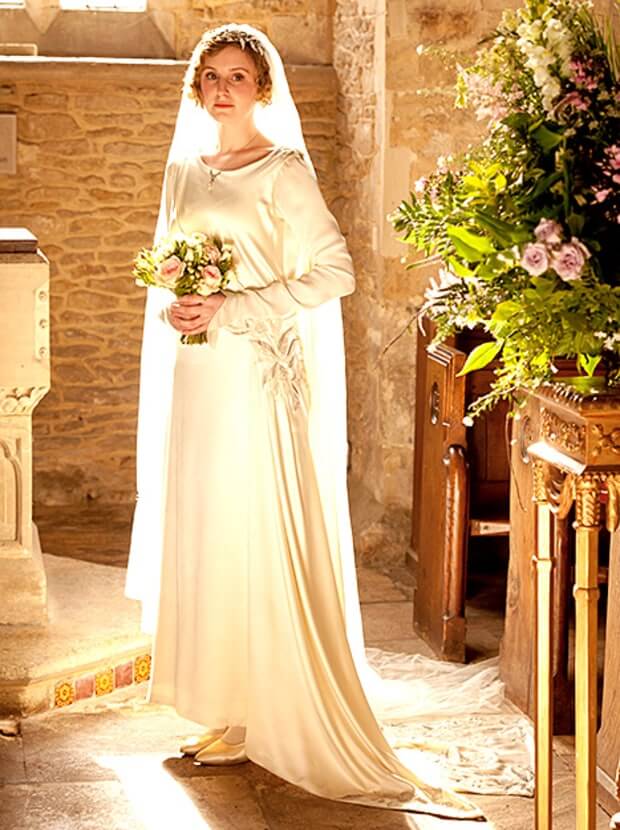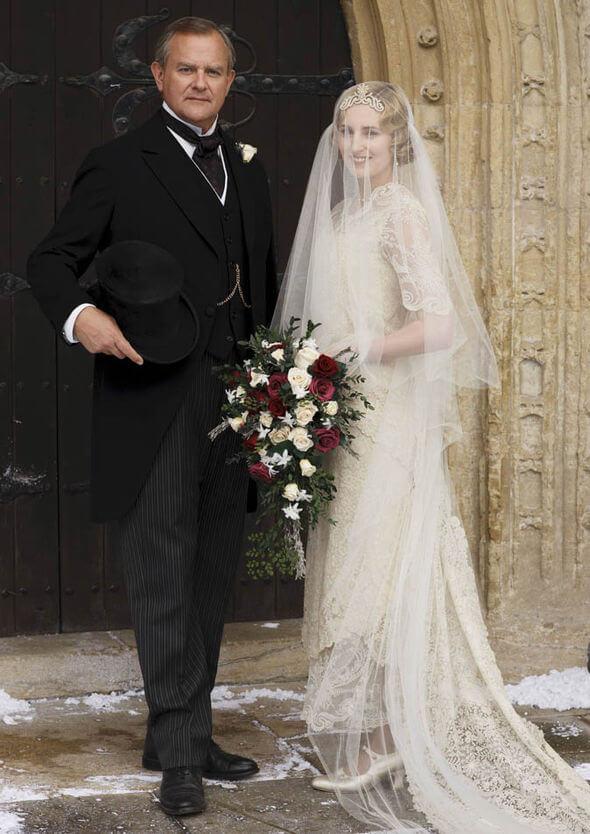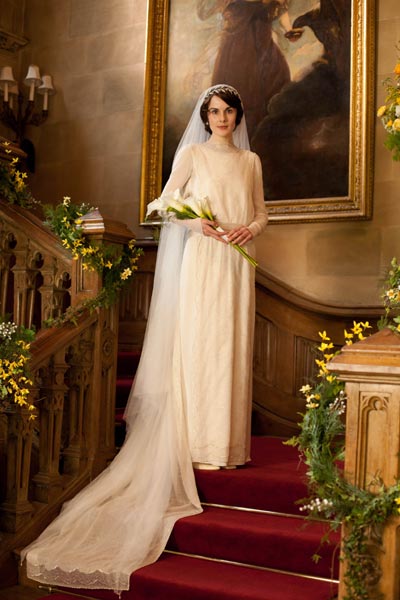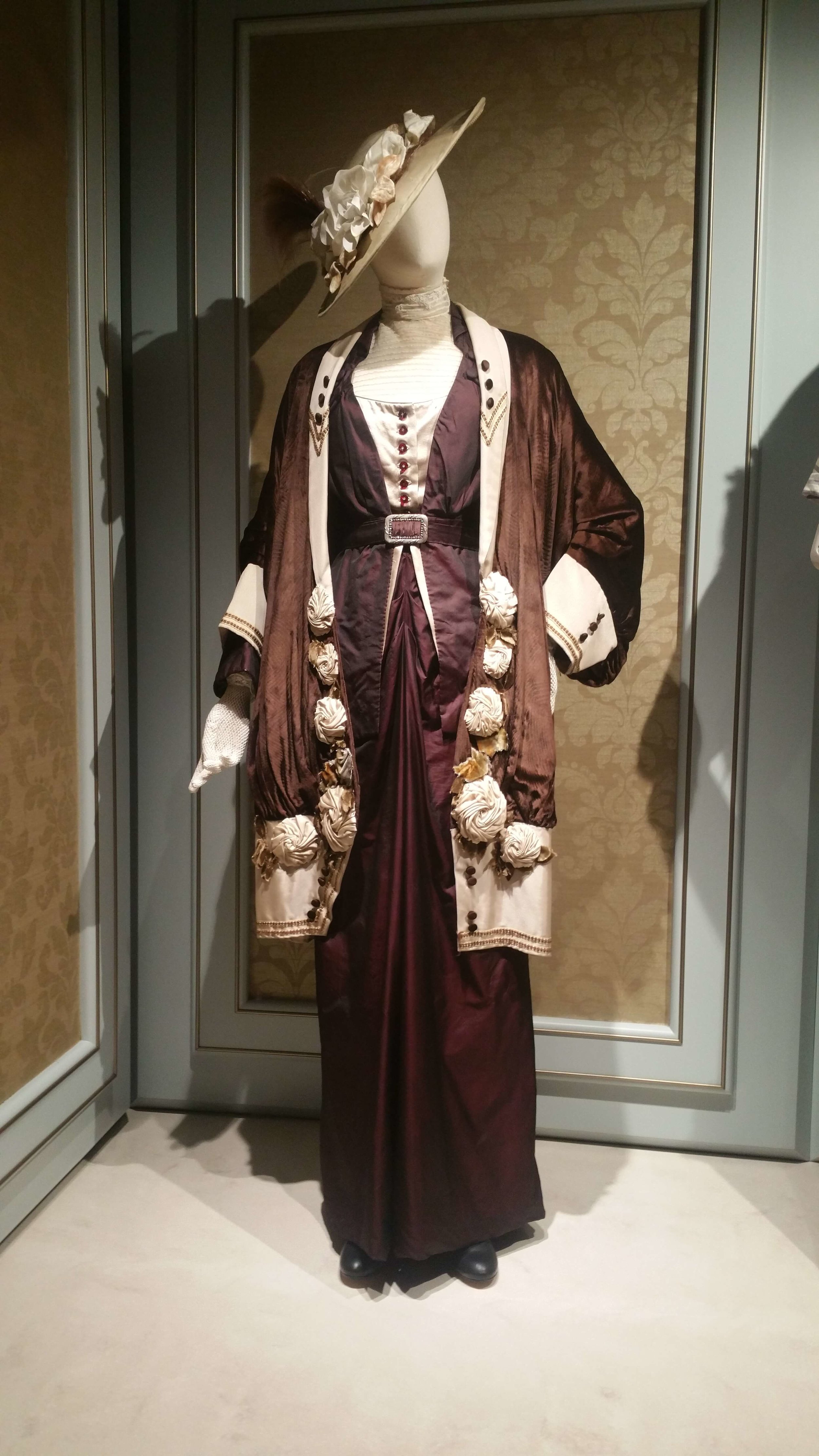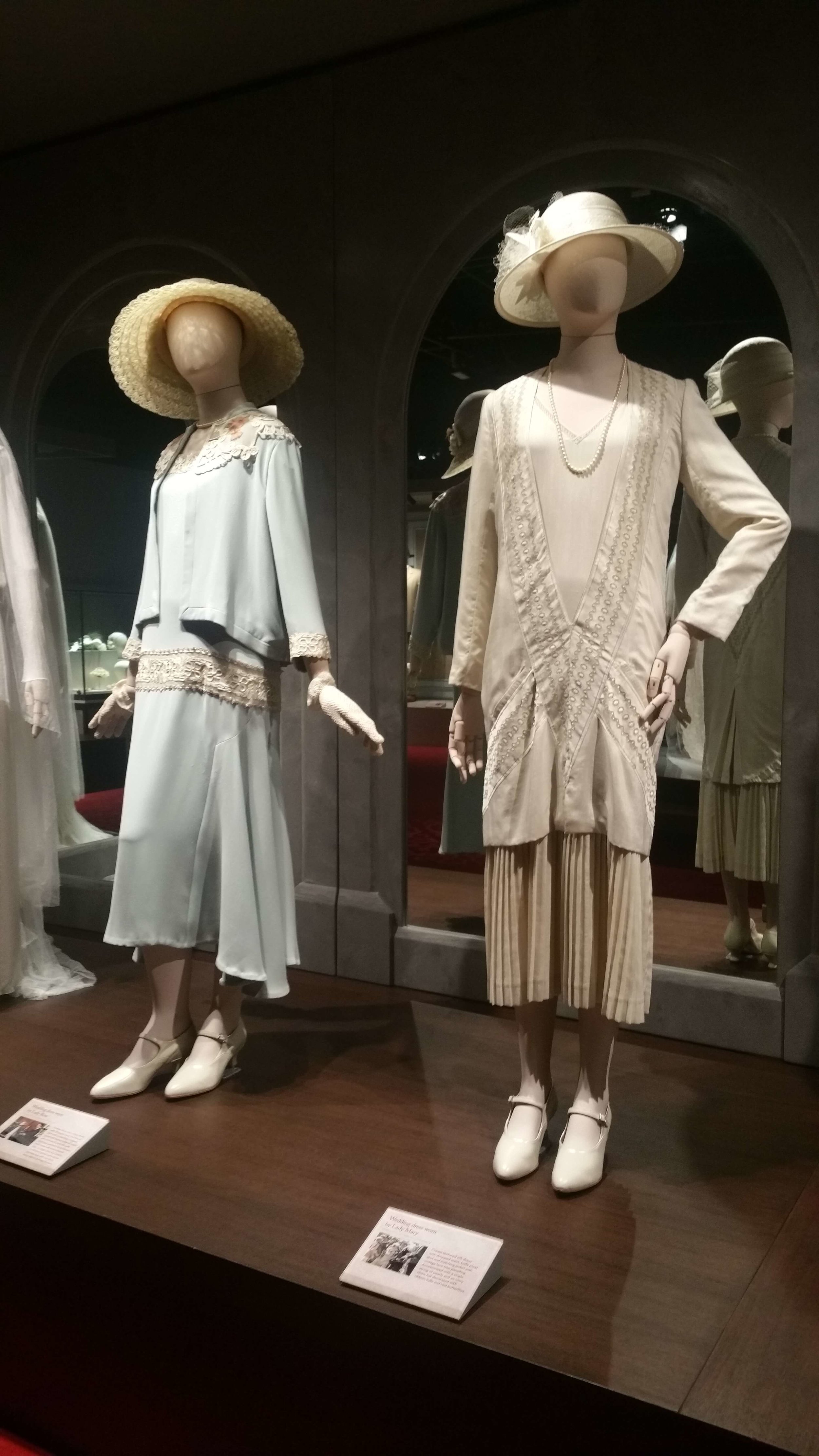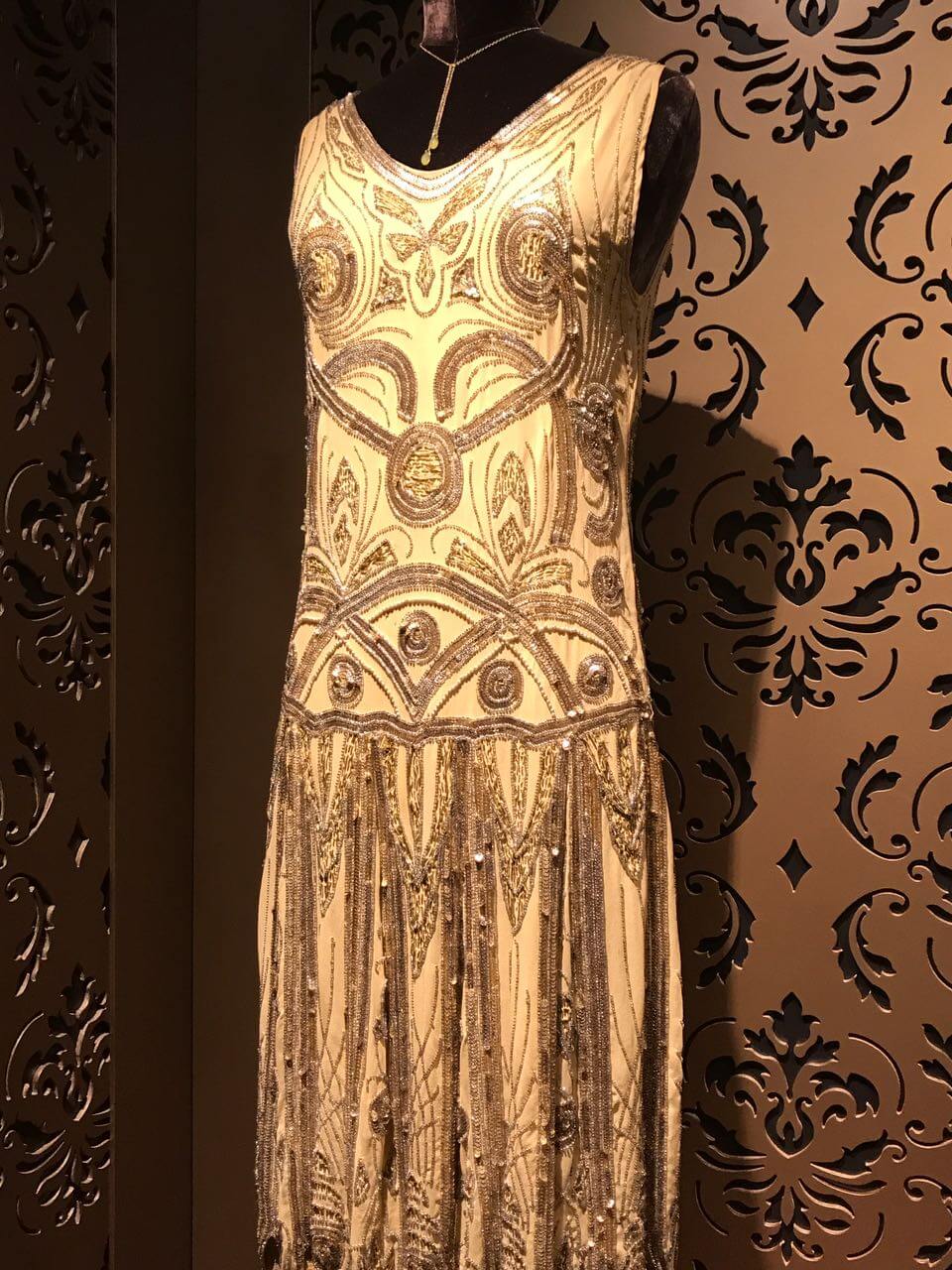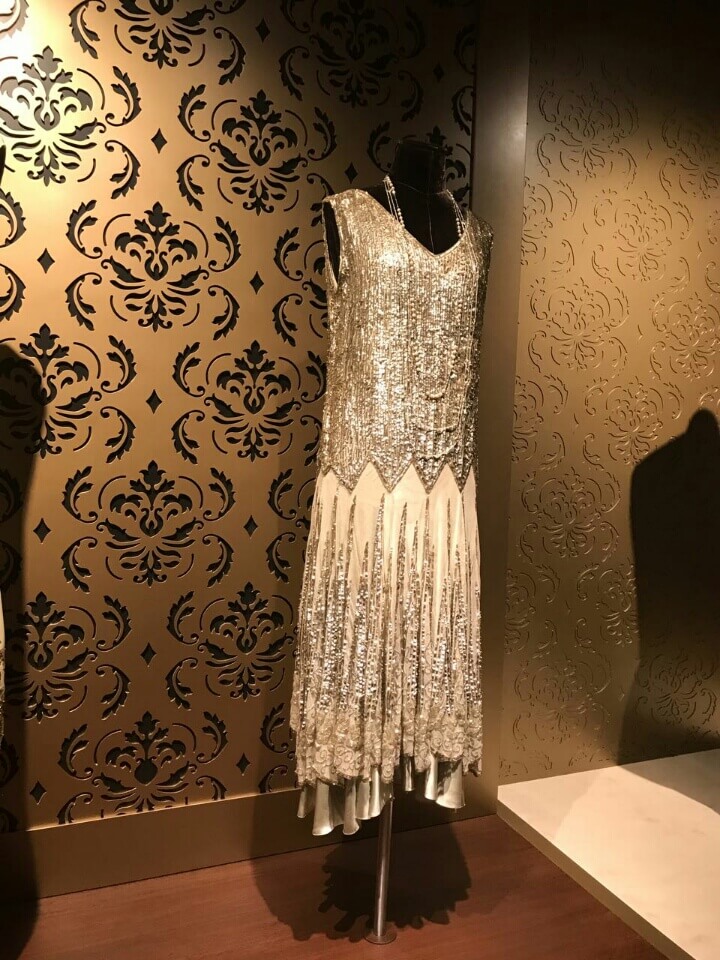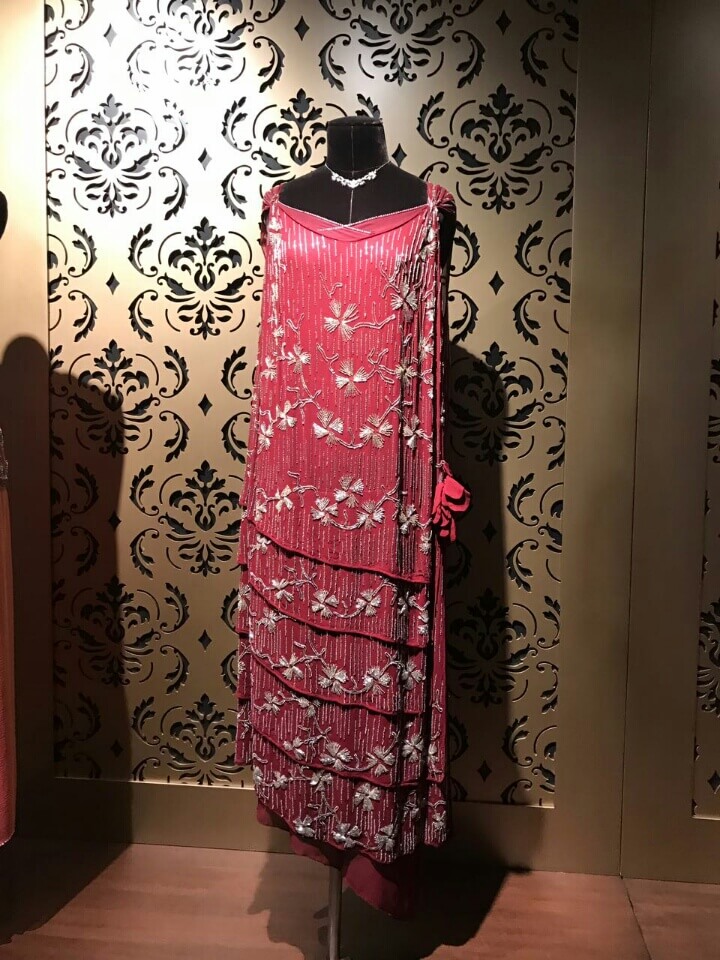Downton Abbey Sets and Costumes Revisited
From the floor-length dresses and corsets of the Edwardian era to the beaded dresses of the Roaring Twenties, for those with a keen eye, the evolution of fashion as a mirror of societal changes was an integral part of the period drama, Downton Abbey.
The series ran for six seasons and focused on the lives of a fictional aristocratic family and its servants living in a country estate in northern England, covering the period from 1912 to 1926. Fans of the TV show can now immerse themselves in its décor, props and costumes with the opening of “Downton Abbey: the Exhibition” in Singapore, the first stop of what is planned as a multi-year touring exhibition.
From Mrs. Patmore’s busy kitchen to the glamorous state rooms, the exhibition reconstructs some of the series’ most recognizable sets, peppered with original props that highlight the innovations of the time (such as the telephones) and costumes worn by the various characters.
Prior to World War I, women were still constrained by corsets that aimed to shape them to fit a perceived ‘ideal’ of a tiny waist and uplifted bosom. From morning dresses, to tea dresses and evening gowns, aristocratic ladies might change outfits up to seven times a day to suit various activities.
During the war, women took on increasing roles as the men were sent to the front, and skirts started to become looser, helm lines rose to the ankle (due in part to the shortage of fabric) while heavy corsetry was relaxed to allow them to be more physically active. These changes are reflected in some of the outfits worn in season 2 and on show at the exhibition.
“The war changed things for women and the clothes they were wearing before the war where no longer appropriate. Some older women clung on to the fashion of their youth, but for young women their lives had changed and they needed more flexibility and needed to get around to different jobs. Habits also changed, the shape of the day changed,” remarks show creator Julian Fellowes.
By the 1920s hemlines had risen from ankle to mid-calf length, bringing attention to legs and shoes. Women started wearing tailored suits with matching jacket and skirt (an outfit of choice, in the series, for Lady Mary), along with tied scarves and cloche hats, and without corsets highlighting waists, dresses become looser with tiered layers or dropped waistlines and a boxy silhouette. “We started wearing corsets, but as the series evolved, the clothes became more practical,” recalls Laura Carmichael, who played Lady Edith.
The exhibition includes some of the more iconic outfits of the show, such as a daring pair of blue silk harem pants worn by the rebellious Lady Sybil Crawley (played by Jessica Brown Findlay), a beautiful pink dress with flower applique worn by Lady Rose (played by Lily James) for her presentation at court and a velvet coast richly embellished with fabric flowers that Lady Grantham (played by Elizabeth McGovern) reluctantly lent to her housekeeper Mrs. Hughes (played by Phyllis Logan) for her wedding.
Also presented are several of the wedding dresses worn during the series, including Lady Mary’s first wedding gown, an apricot chiffon long-sleeved dress with beaded lace tabard overlay and ruched lame sash and her second, a cream textured silk wedding dress with dropped waist, knife pleat skirt and matching jacket with vintage lace trim paneling, as well as Lady Edith’s ivory satin dress with hip gathered and long chiffon sleeves (based on a similar Lanvin design of the period) worn at her first wedding, while a simpler dress worn at her second — a staple for the series — is also on show.
The exhibition also highlights changes in hairstyles and hats that took place around the period, plus a look at the plainer attire of the working class, though the uniforms of the household help were still very codified (ladies’ maids for example would change apron style for the evening service).
The exhibition is “a clever mixture of the show and history,” noted Fellowes, “We’re looking at a way of life that is largely gone now, and I think there is something rather curious in being able to peer inside that and remember.”
